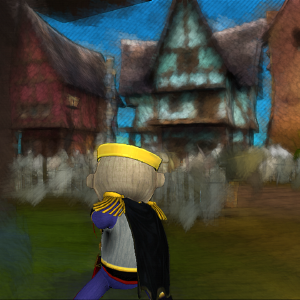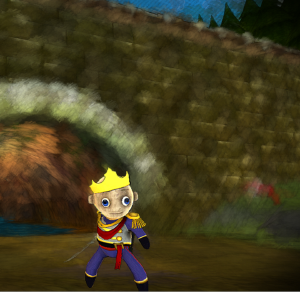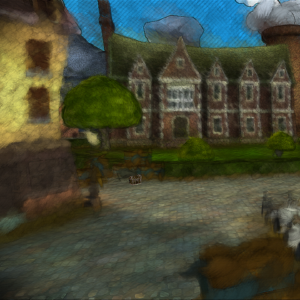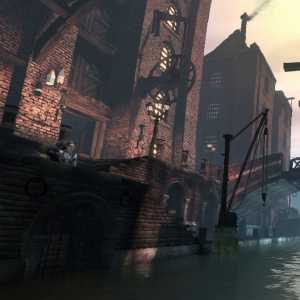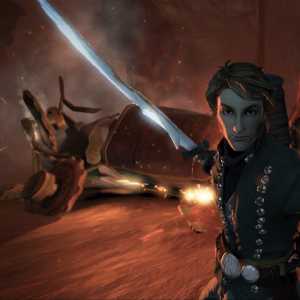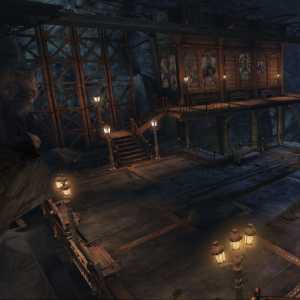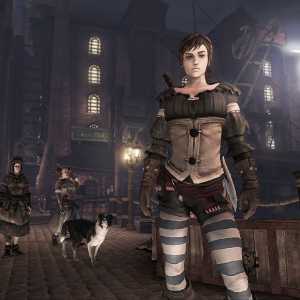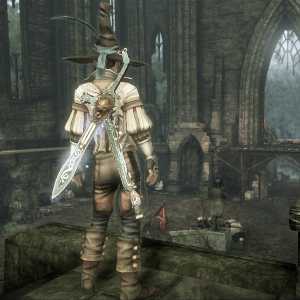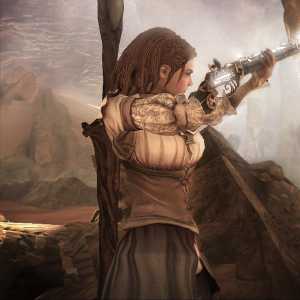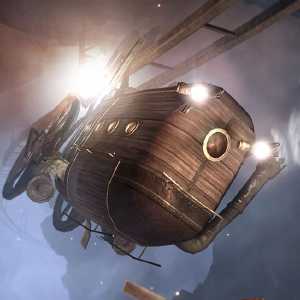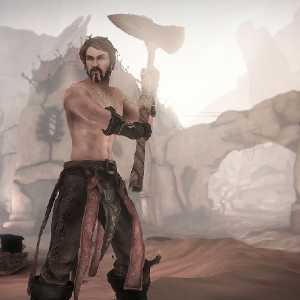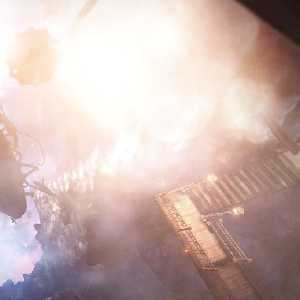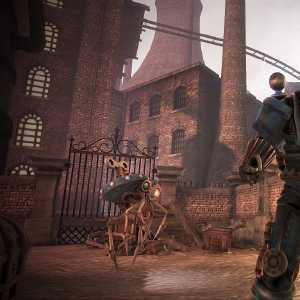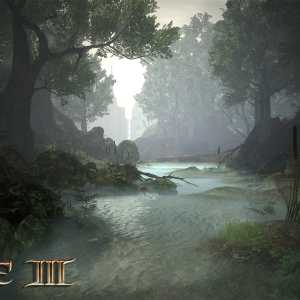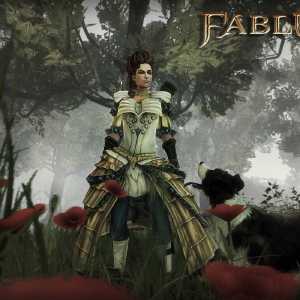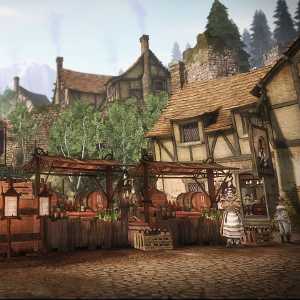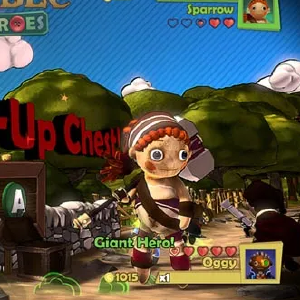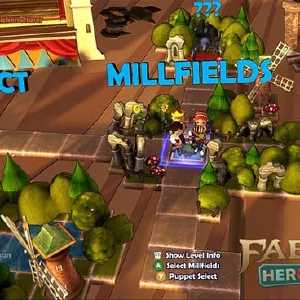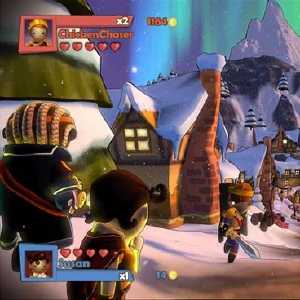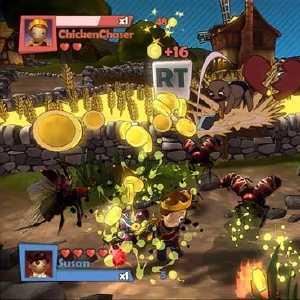The History of a Future Platform, Part 1: Why
In 2012, after shipping Fable 3 on Xbox 360 and PC, supporting some DLCs, creating Fable Heroes with some funky new rendering research and helping the team understand the workflows and transition to Unreal Engine 3.... (phew)... I was completely worn down and demoralised. As a team we did some amazing things. I made some life-long friends and was immensely satisfied with the journey we'd taken (no, not that one). But it wasn't enough.
Stable painterly/splat rendering, temporally depth-sorted between frames to maintain performance
For context: several years before, I was turning my life upside-down again and moving from Montreal -- where I built the rendering engine for Splinter Cell: Conviction -- to Aarhus, to start a tiny XBLA indie game studio with friends. I stopped in Leamington to stay with family for a few weeks rest and Lionhead got wind I was on the loose.
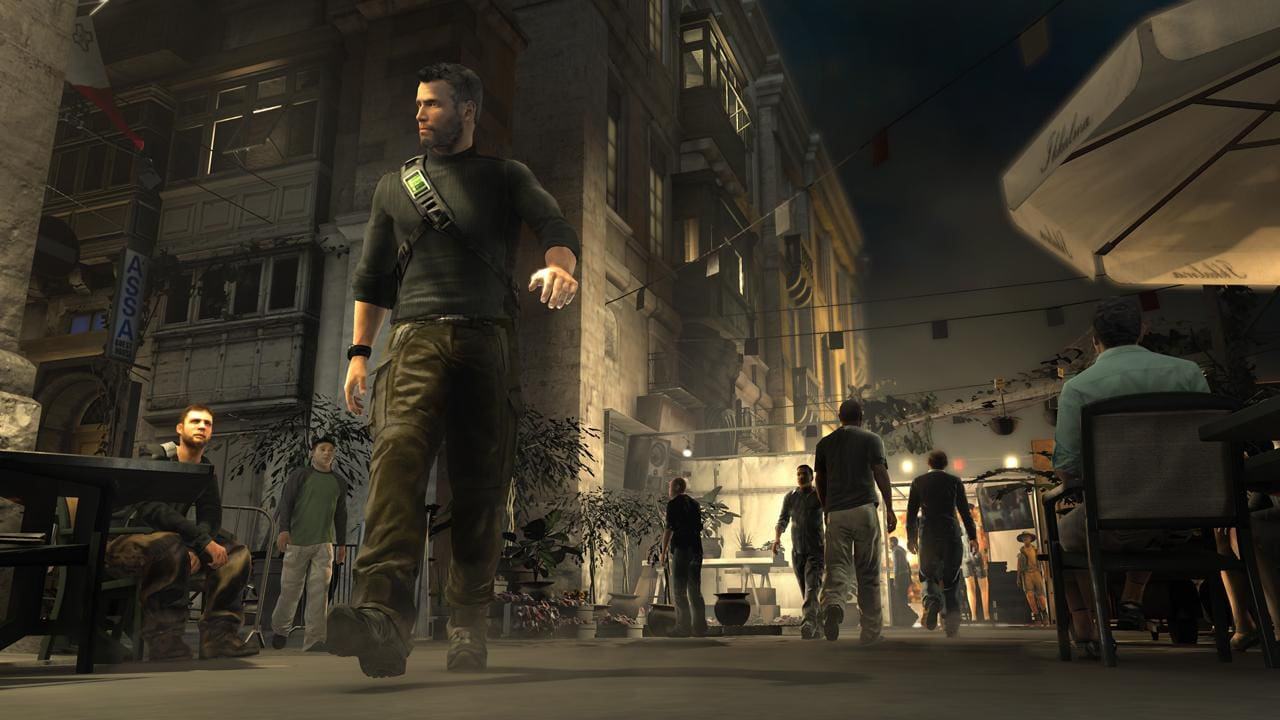
Lionhead needed help with Fable 2 but I was too obsessed with the idea of a startup with my own tech. After talking to Peter Molyneux for a while, he convinced me to temporarily help out until ship, after which I'd head straight to Denmark. I'd make back the money I lost moving to and from Canada, so it seemed a clear win for all.
We did some great stuff. Fable 2 was a total unknown until several months before ship, where suddenly everybody realised a fun, great looking game was under all that uncertainty. Getting the game from 150ms a frame to 30ms on the Xbox 360 was one of the biggest challenges I'd ever taken on, but I was up for it.
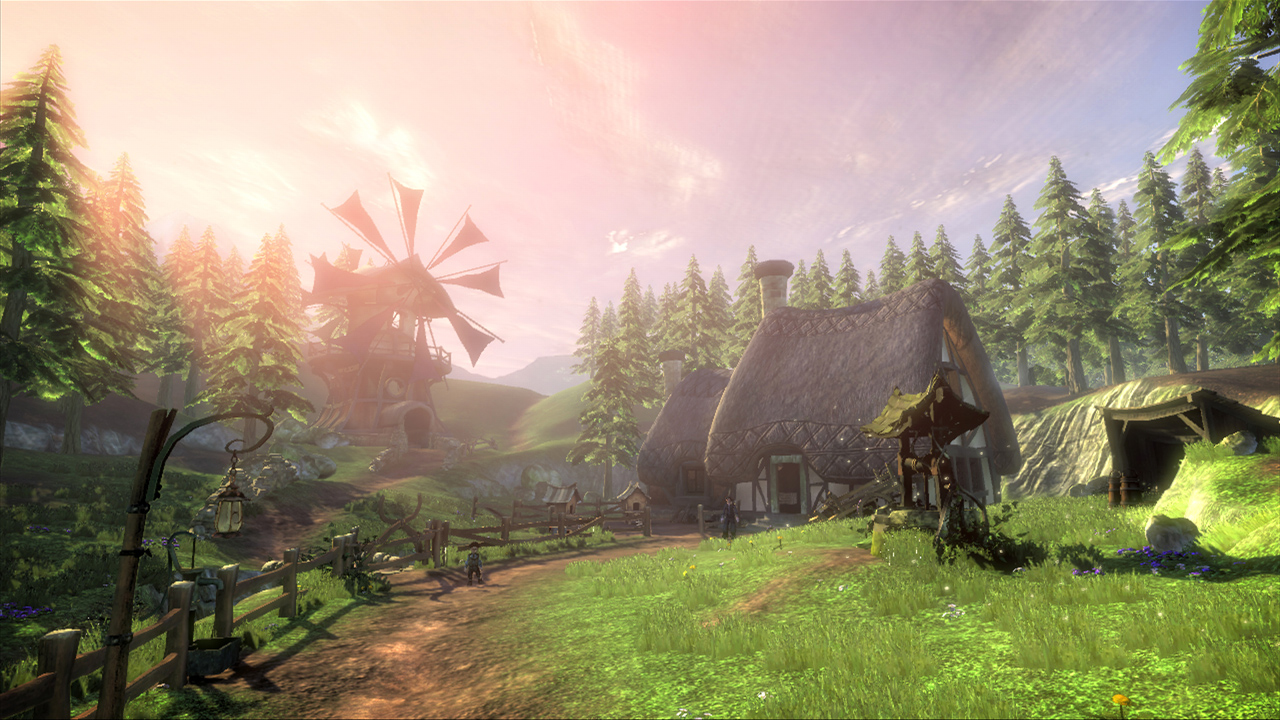
The game shipped, DLCs shipped and the engine was in a good place; it was time to move on! Or so I thought... the long development time of Fable 2 had understandably burned a few people out, as the whole game engine and tools were a rewrite from the original Fable. The engine team needed a lead and I was asked.
I initially wasn't interested. I had a once-in-a-lifetime opportunity to start a fully-funded indie company on my own tech, but time was running out. On the other side, Fable 3 was to be a much shorter development period with limited room for engine improvements; especially with the upcoming Microsoft hiring freeze. However, I was promised that after Fable 3 we'd get complete control to make the engine much bigger and better on whatever came next.
I relented on my own personal vision and gave my friends the bad news.
Fable 3 development was one of the happiest periods of my life. Despite the tighter development time, we managed to do some amazing things, and I worked with so many talented and positive people every day. I saw our future vividly and knew exactly what needed to be done to get there. Fable Heroes was a happy accident where a group of us got to claim we seeded a small idea in Lionhead that eventually turned into a genuine product.
I preferred the more saturated look of Fable 2, but we were going for a visually despotic environment
Used for generating level lightmaps, reducing lighting build times by 10,000x and removing dynamic lighting limitations
It impressed Peter so much that the team grew and we eventually published it
I had big ideas for the next Fable; mostly based around content creation, and how much time we forced artists to waste by individually placing asset instances to build huge caves, cities and landscapes. However, the plates shifted and it was never to be. I stuck around for a while to help the team transition to Unreal, as I knew its workflow intimately from Splinter Cell.

But I was broken. We had an amazing team, an unparalleled engine for this type of game and so many ideas on how to make lots of things better. Our tools and pipeline were flawed, but the energy and understanding was there to revolutionise workflows for the next game. We could have shipped another Fable in 2-3 years that would have scraped every ounce of performance possible from the Xbox 360, building a huge, beautiful world, filled with life and giving the console the send-off it deserved.
With a heavy heart so full of pain and love for the world of Albion, I quit and moved my life from Aldershot/Guildford to Brighton: I would build my own game, engine and tools for real this time. I still miss the morning Christmas Pie Trail, but everything in life changes, and the view from Brighton isn't actually half bad...

